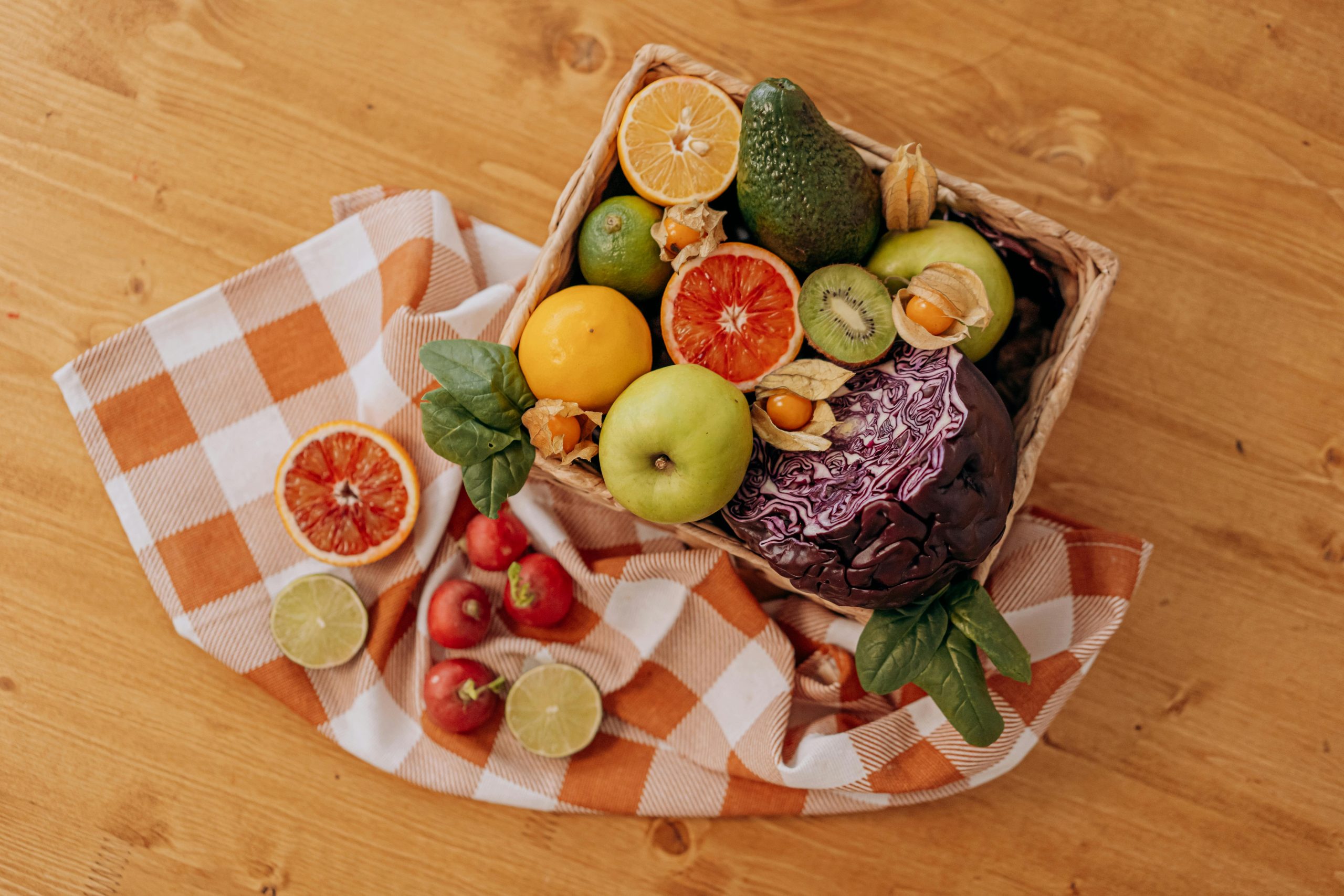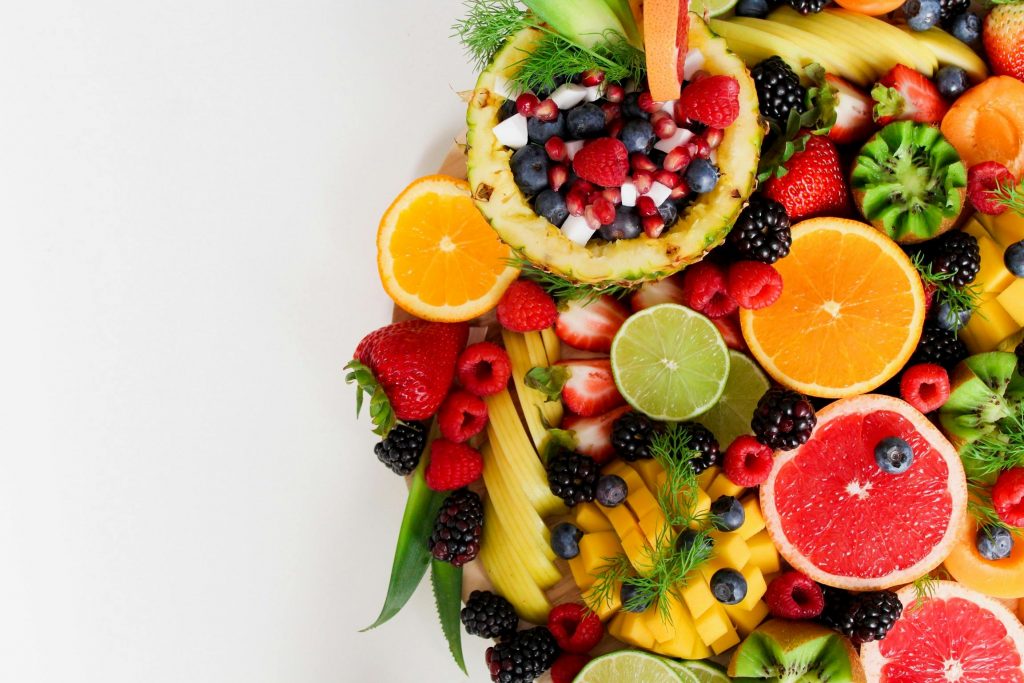The fruitarian diet, a subset of the vegan lifestyle, is gaining attention for its unique approach to nutrition. Let’s take a look into the basics of the fruitarian diet, what you can eat, key considerations, and potential modifications for a more balanced approach.
What is a fruitarian diet?
The core principle of the fruitarian diet is simple—it revolves around consuming predominantly raw fruits. Typically, 50% to 75% of daily food intake comes from fruits, with the remaining portion comprising nuts, seeds, vegetables, and whole grains. While some may choose to eat up to 90% fruit and 10% nuts and seeds, health and nutrition experts caution against this restrictive eating pattern due to potential nutrient deficiencies.
Fruitarians focus on seven main fruit groups:
- Acid fruits: Citrus, cranberries, pineapples
- Subacid fruits: Sweet cherries, raspberries, figs
- Sweet fruits: Bananas, grapes, melons
- Oily fruits: Avocados, coconuts, olives
- Vegetable fruits: Peppers, tomatoes, cucumbers, squash
- Nuts: Hazelnuts, cashews, almonds, pistachios, walnuts
- Seeds: Sunflower, pumpkin, squash
What you need to know about following a fruitarian diet
Fruitarians often cite health, religious, moral, or ethical reasons for adopting this eating pattern. Some believe it to be the original diet of humankind, while others are driven by a desire to avoid harm to living organisms, including plants.
Unlike traditional diets, there are no specific meal timings or rigid rules about how much to eat on a fruitarian diet. The plan encourages intuitive eating—listening to your body and eating only when hungry. This flexibility allows individuals to follow their natural hunger cues.

To address concerns about nutrient deficiencies, some individuals choose to modify the fruitarian diet. This might include incorporating plant-based protein sources (e.g., tempeh, soy, seitan), vegetables, and whole grains into their meals. This modification aims to enhance the nutritional composition of the diet and reduce health risks.
ALSO READ: How to properly wash your fruits and vegetables
What to eat
Fruitarians can enjoy a variety of fruits, both common and exotic, such as rambutan, mangosteen, passionfruit, jackfruit, durian, longan, and snake fruit. Additionally, nuts and seeds provide essential protein and fat, while some vegetables, particularly leafy greens, are also recommended.
Beverage choices: Fruitarians have the option of consuming coconut water, fresh fruit juices, and water. Coffee is allowed based on individual preferences.
Considerations and drawbacks
Despite the potential nutritional benefits, the fruitarian diet has drawbacks. Limited research exists due to its niche nature, making it challenging to assess long-term effects. While fruits offer various nutrients, they lack some essential elements for a balanced diet. The extreme restriction may lead to boredom and cravings for diverse foods.
The fruitarian diet offers a unique perspective on nutrition, emphasizing raw fruits as a primary food source. While it may provide certain health benefits, individuals considering this eating pattern should be cautious about potential nutrient deficiencies. Exploring modifications that include other food groups can contribute to a more balanced and sustainable approach to the fruitarian lifestyle.
ALSO SEE: Fruit and veggie skins you can eat + its benefits
Feature image: Pexels

